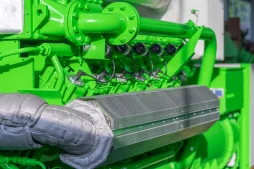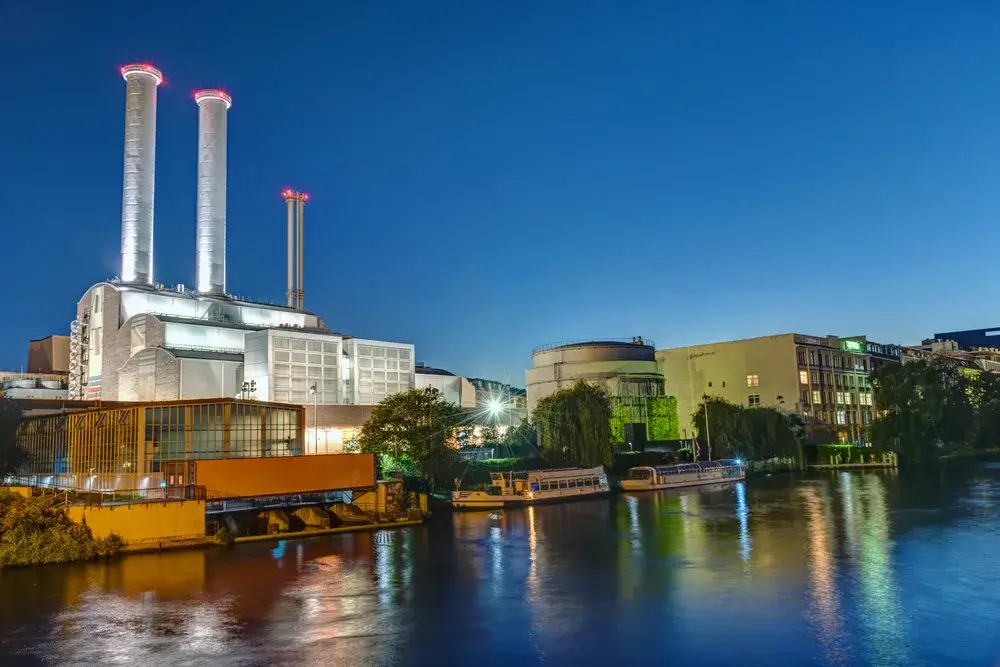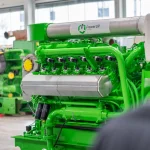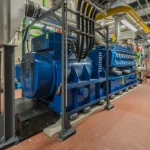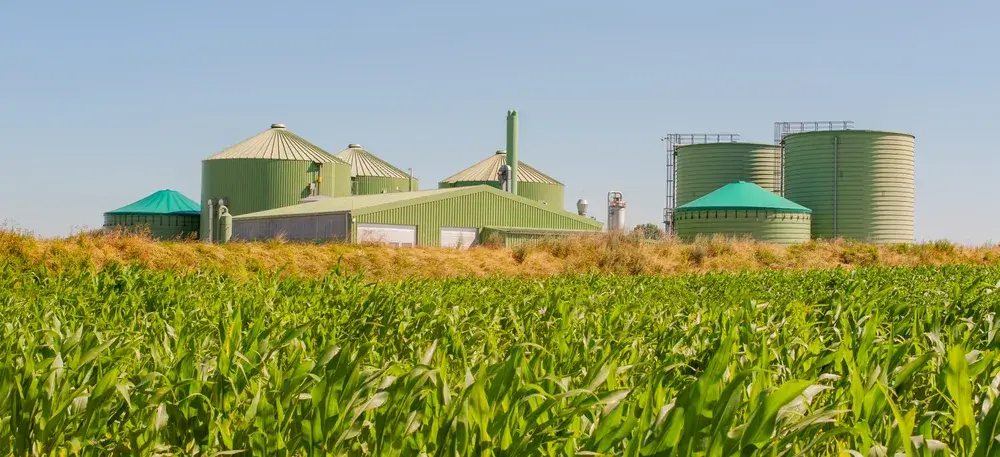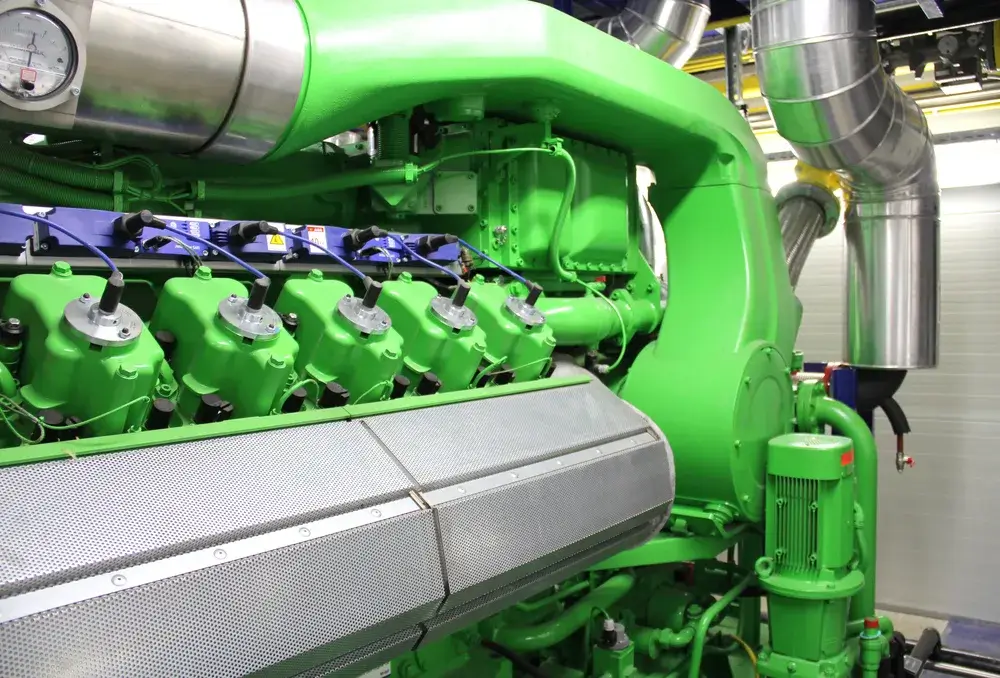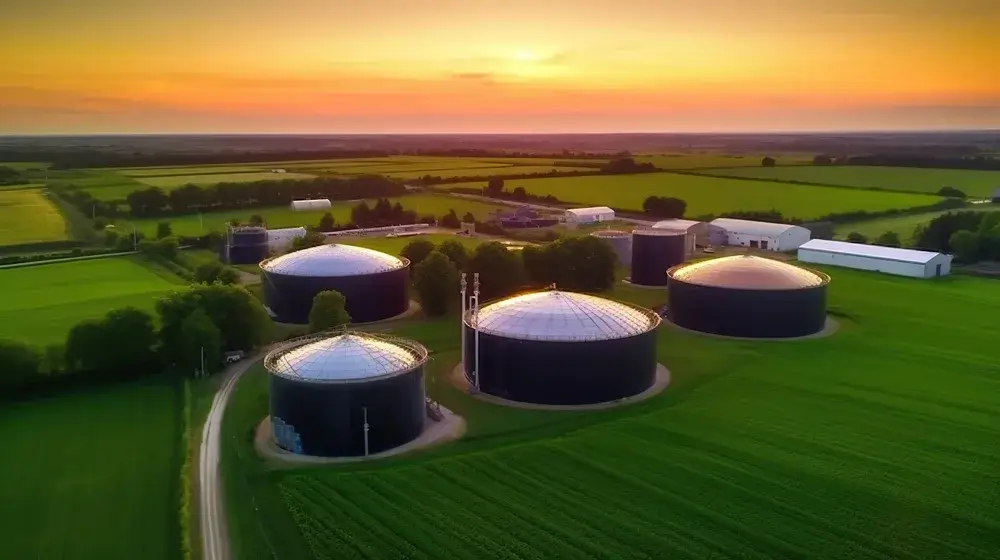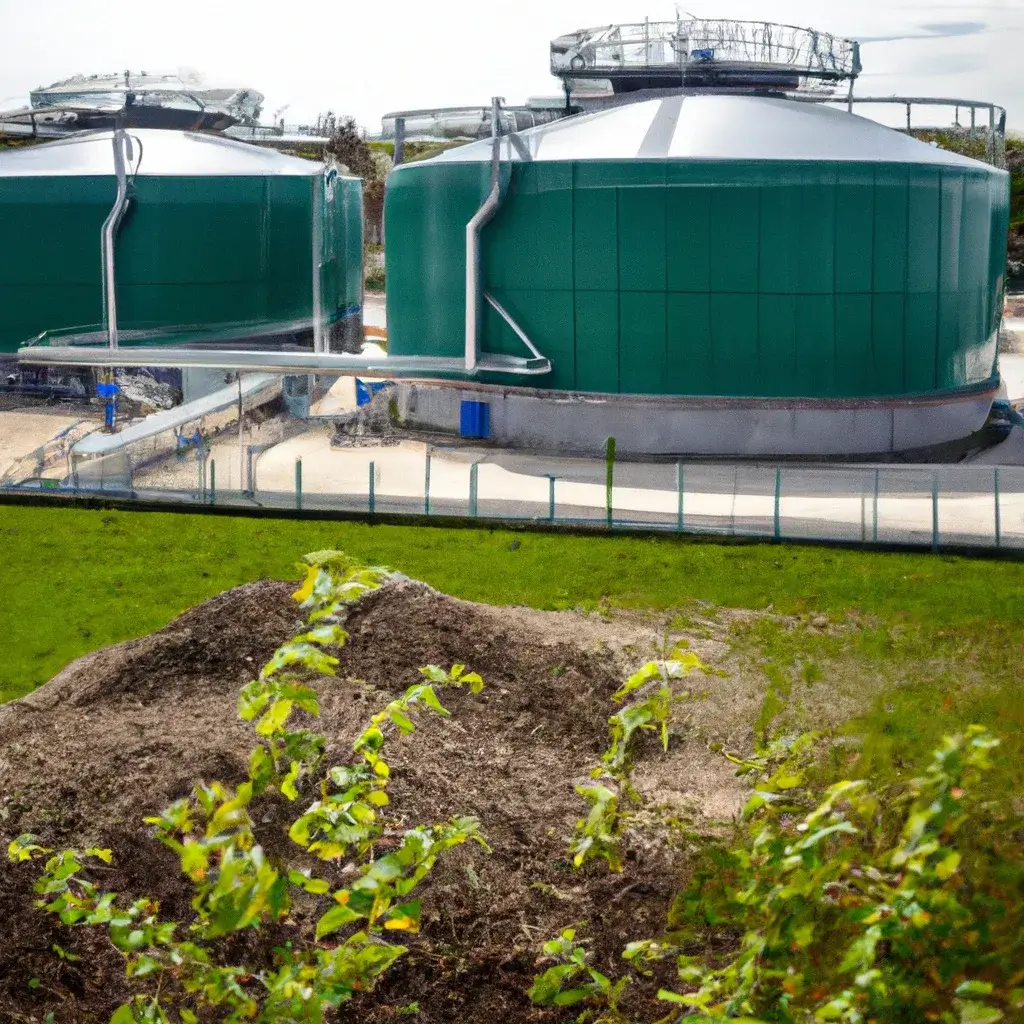Captive Power Plants vs. CHP Plants — what is the difference?
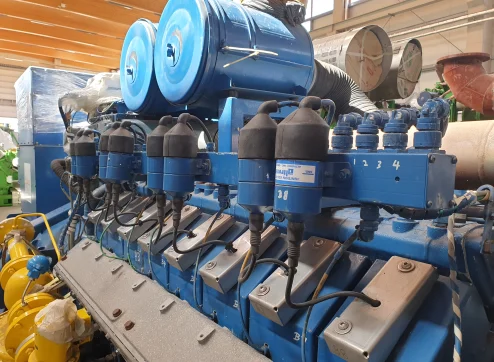
In this post, we examine the foundational differences and operational efficiencies between Captive Power Plants and Combined Heat and Power Plants. This analysis aims to provide a detailed understanding of their roles within industrial and commercial energy strategies, focusing on their technical, economic, and environmental impacts.
Understanding Captive Power Plants
Captive power plants provide businesses with a dedicated source of electricity, ensuring energy autonomy and operational stability. These specialized facilities are tailored to meet the direct energy demands of the entity that owns them, offering a level of energy security and independence not typically available through public power grids.
Everything you need to know about Captive Power Plants
Captive Power Plants (CPPs) are energy solutions tailored for the exclusive benefit of their owners or operators to provide a dependable and economical source of power. This article delves into the comprehensive world of Captive Power Generation, covering all you need to know about Captive Power Plants, their benefits and drawbacks, the variety of fuels they can utilize, and the reasons behind their popularity.
Benefits of Captive Power Plants
Captive power plants offer significant economic and operational benefits, including reduced energy costs through direct control over electricity production. By generating power onsite, businesses can avoid the volatility of grid-supplied electricity prices and reduce transmission losses, leading to more efficient energy use and substantial cost savings. Additionally, the autonomy in energy generation ensures a reliable supply, crucial for industries where energy is a critical input for operations.
Limitations of Captive Power Plants
Despite their advantages, captive power plants come with their set of challenges. The initial capital investment for setting up a captive power plant can be substantial, making it a significant barrier for some businesses. Also, operating and maintaining a power generation facility requires specialized knowledge and resources, which can add to the operational complexity.
Understanding Combined Heat and Power Plants
Combined Heat and Power (CHP) plants, also known as cogeneration, offer an efficient use of fuel by simultaneously generating electricity and useful heat. This approach provides a compelling energy solution that aligns with modern sustainability goals and efficiency standards.
Combined Heat and Power Plants – our detailed guide
Combined Heat and Power (CHP) plants, efficient in simultaneously generating electricity and heat, are gaining popularity for their environmental benefits. They range from small-scale to larger units, fitting various energy needs. The core technology of CHP involves cogeneration, using engines and generators to optimize energy usage.
Advantages of CHP Plants
CHP plants stand out for their efficiency, converting up to 90% of the fuel used into usable energy, a stark contrast to the efficiency rates of traditional power plants. This high efficiency results in significant fuel savings and reduced greenhouse gas emissions, making CHP a cornerstone for eco-friendly energy strategies. Additionally, the ability to produce electricity and heat on-site can lead to substantial reductions in energy costs and increase energy security for businesses and communities.
Challenges Associated with CHP Plants
Challenges include high initial capital costs and complexity in design and operation. These systems require a careful balance of heat and power demand, which can limit their applicability to certain settings or scales. Furthermore, regulatory and market barriers can also pose significant challenges, as incentives and support for such technologies vary widely by region, impacting the feasibility and attractiveness of CHP projects.
Key Differences Between Captive and CHP Plants
The primary distinction between Captive and Combined Heat and Power (CHP) plants lies in their operational focus and energy utilization. Captive power plants are dedicated to generating electricity for the sole use of the owning entity, prioritizing energy independence and reliability.
In contrast, CHP plants aim for efficiency by simultaneously producing electricity and useful thermal energy from a single fuel source, addressing both power and heating/cooling needs.
This difference underscores the varying objectives: captive plants focus on security and self-sufficiency, while CHP plants emphasize efficiency and environmental benefits.
Decision Factors for Businesses
When businesses decide between captive and CHP plants, key considerations include their specific energy demands, financial constraints, and sustainability goals. Factors such as the initial investment, operational complexities, regulatory compliance, and the potential for energy savings and efficiency gains play crucial roles.
Businesses must evaluate the long-term benefits and drawbacks of each option, considering not only the economic impact but also how these choices align with their environmental responsibilities and the resilience of their operations to energy market fluctuations.
PowerUP’s solutions for gas engines
PowerUP offers specialized solutions for gas engines in Captive Power Plants and CHP plants, ensuring these facilities operate at peak efficiency and reliability. With a portfolio that includes gas engine spare parts, maintenance, gas engine repair, and gas engine upgrades, PowerUP is dedicated to enhancing the performance and longevity of these gas engines.
Frequently Asked Questions
What are the primary uses of captive power plants?
Captive power plants are primarily used by industries and large businesses to ensure a reliable, uninterrupted power supply, crucial for continuous operation and to mitigate risks associated with grid unreliability and high electricity costs.
How do CHP plants contribute to energy efficiency?
CHP plants enhance energy efficiency by capturing and utilizing the heat that would otherwise be wasted in electricity generation, thus significantly reducing the fuel consumption and greenhouse gas emissions compared to separate heat and power generation.
Can captive power plants also integrate CHP technologies?
Yes, captive power plants can integrate CHP technologies to improve efficiency and sustainability. By doing so, they can produce both electricity and thermal energy for use in industrial processes or heating, enhancing overall energy utilization.
What are the environmental impacts of using a CHP plant compared to a captive power plant?
CHP plants typically have a lower environmental impact than traditional captive power plants because they make more efficient use of fuel by producing both heat and power, leading to reduced greenhouse gas emissions and a smaller carbon footprint.

